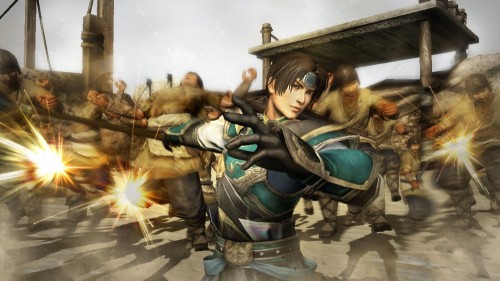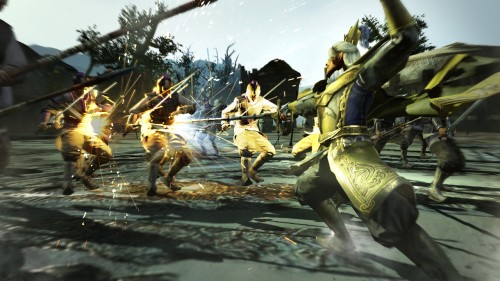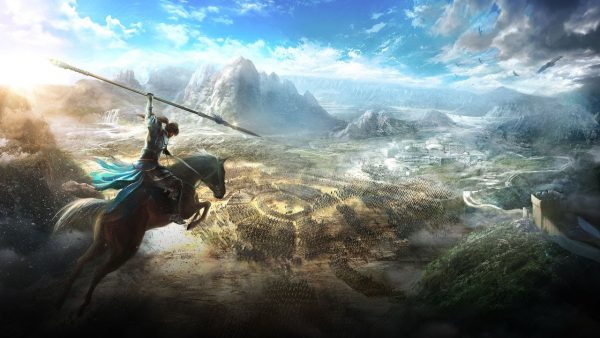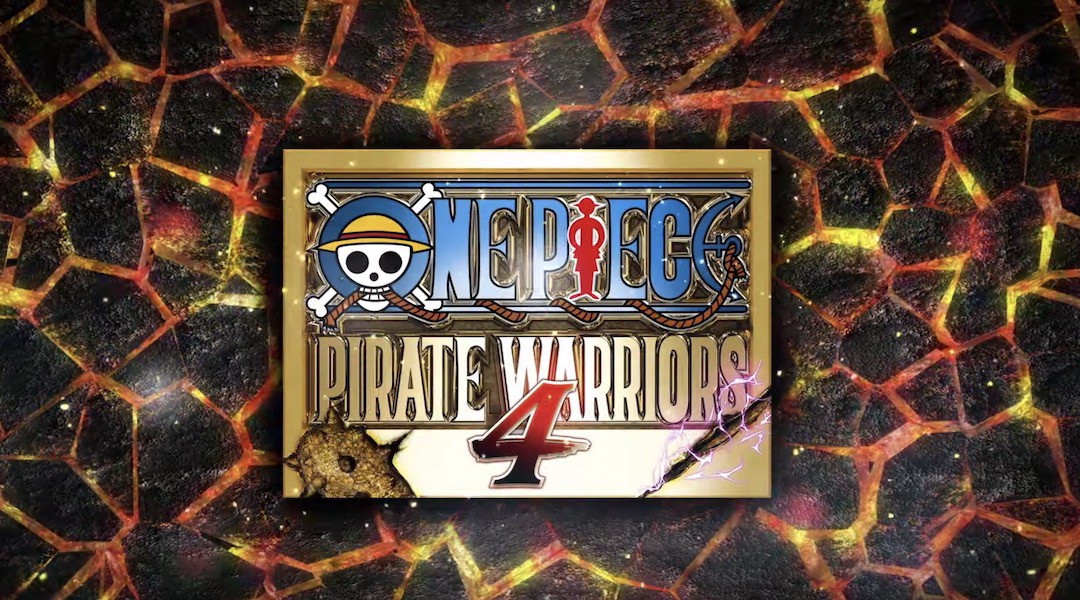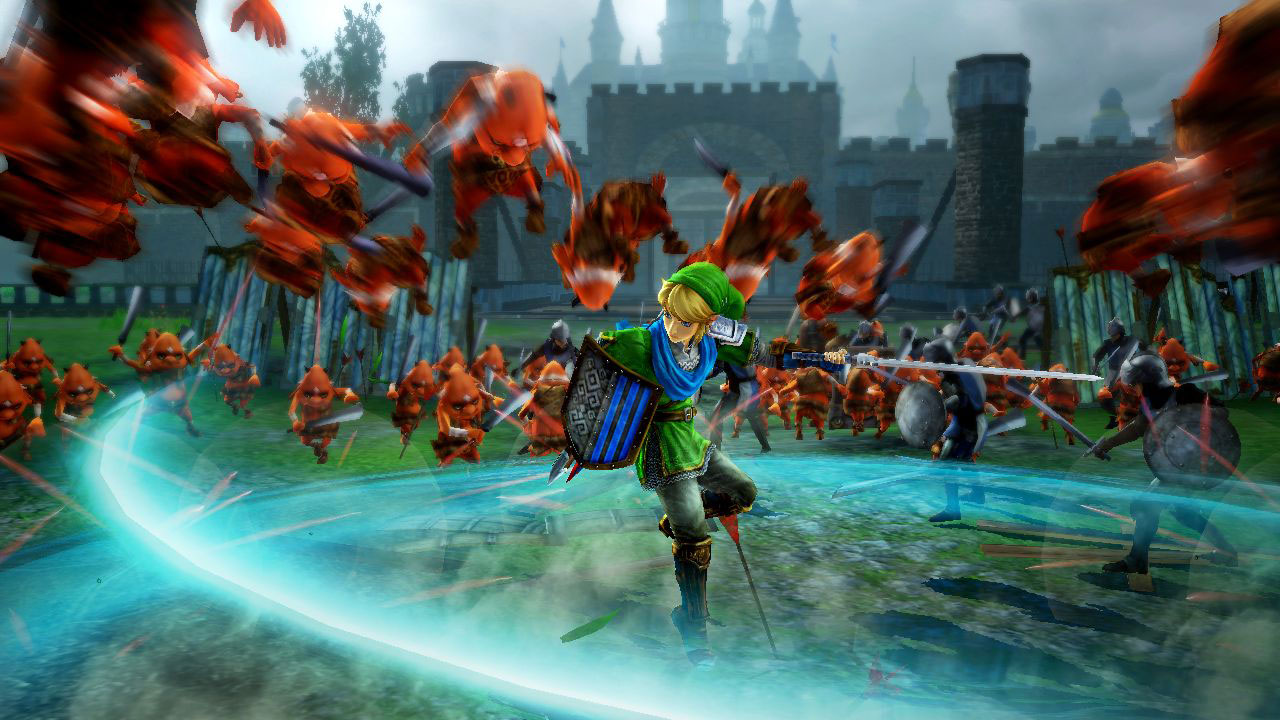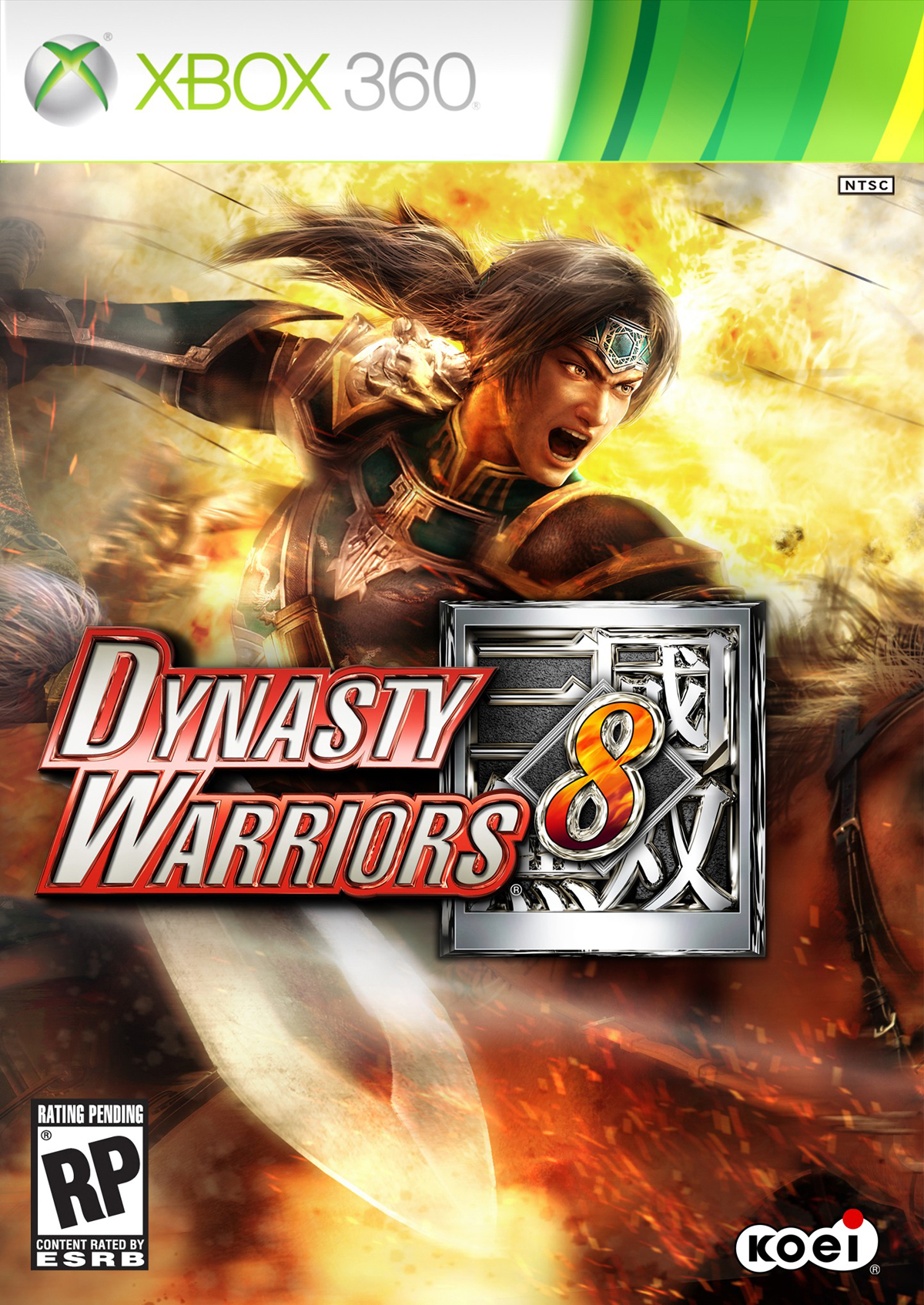
In the past decade, I’ve only tried playing Dynasty Warriors once (at a friend’s party in high school), and the only thing which really stuck with me was the awesomely awful voice acting. It seemed incredible to me that the series could have reached 8 iterations, essentially re-telling the same story in the same period of history, with the same gameplay over and over again. That said, I wanted to go into Dynasty Warriors 8 with an open mind, but I couldn’t have been more surprised after I’d found myself playing it for six hours straight after initially booting it up and still thoroughly enjoying myself.
However, I should fess up right away – for most of my playtime I dropped the difficulty down to ‘easy’ (although I did test out higher difficulties). There are new systems for combat in place, which do increase the game’s strategy and which I’ll get into shortly, but for me the appeal of the game is just the immense feeling of power. There’s nothing like swishing a giant sword, or staff, or… club-thing-whatever and knocking fifteen enemies flat on their asses. Whistling for your horse then galloping into swathes of attacking barbarians is equally satisfying, and the ridiculous special moves that let you freeze or burn your enemies to death, or even stop time, are just plain fun.
Ostensibly, Dynasty Warriors 8, along with every other entry in the main series, is based on the classic novel ‘Romance of the Three Kingdoms’, which involves fewer separated lovers and more separated heads than you’d guess from the title. The warring factions of Wei, Wu and Shu are all featured, as well as the Kingdom of Jin, making a return after their introduction in Dynasty Warriors 7, which extended the timeline covered by the games. It’s far too complicated to sum up the whole storyline, although I will say I liked Wei ruler Cao Cao’s style, and Lu Bu’s fantastic hair. The story is decently told through a mix of plain, but not embarassing, cutscenes and montages which cover greater spans of history on a map screen.
With four kingdoms to complete in the main campaign, there’s plenty of content to get through, but for veterans of the franchise there are some interesting diversions in the form of ‘hypothetical’ scenarios. These can be brought about by changing a critical point in history, and create diverging paths for gamers to explore – for instance, to see whether a character surviving or perishing may have had a greater outcome on the war of the Three Kingdoms. There’s also a new ‘Ambition’ mode, that is a more open-ended affair. You take your pick of any of the game’s characters, and start off with a small base – a town with a tower, which you can explore in a typical RPG-like fashion. Your goal is to build this tower to be so great, that you’ll attract the Emperor to your cause. To raise funds, you have to go out on missions in the game’s many battlefields and get killing. Compared with the campaign, I didn’t spend a great deal of time in Ambition mode, but it may tempt me back yet, as it has potential to last keen players a lot longer than the main campaign.
Combat introduces a few new mechanics, chiefly weapon affinity. Any weapon you select may be aligned with Man, the Heavens, or Earth, in a rock-paper-scissors style relationship. You can carry two weapons on you at any time (selected from an ever-increasing list of goodies), and on-screen icons let you know if an enemy you’re approaching is weak against your current weapon’s affinity, or strong. This gives you a reason to keep swapping between weapons and switching up combos, rather than mashing a single button all the time. Storm Rush moves can also be triggered by tackling an enemy with an affinity which loses out to yours. You can counter enemy attacks through switching out your weapons (a kind of strange move to get used to), and charge up a Rage Awakening gauge to unleash even more untold damage. On harder difficulties, it can be quite tricky dodging, countering and building up your gauge to strike back, while at the same time fighting well enough to inspire your comrades (earning shot-outs on the field and inspiring them to fight harder).
The downside to all this, is that even with these additions and improvements, Dynasty Warriors 8 is still ultimately a fairly repetitive game. You do still spend a lot of time alternating between mashing two buttons, running to the next fight, and mashing again. Anyone who’s tried a Dynasty Warriors before and been repelled by this approach may not be swayed by this game.
However, for someone with little experience with action games on the scale of the Dynasty Warriors series, I had a grand old time murdering millions. There’s enough content in the DW8 package, from the four kingdoms, to the 77 characters on offer, the Ambition mode and the entertaining multiplayer to keep me coming back to the game like comfort food. It’s entertaining, stylish, and most importantly a lot of fun to play – albeit for certain tastes. Definitely give it a go if you’re curious, as it’s made a believer out of me.
New combos and moves bring a smidge of strategy | Sense of power and fun is great | Story is actually decently told
Repetitive, as always | Not for everyone's tastes

